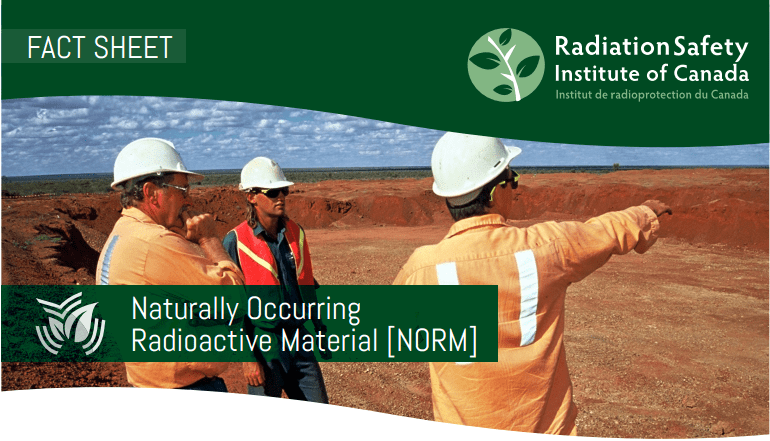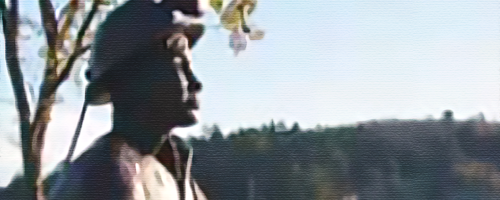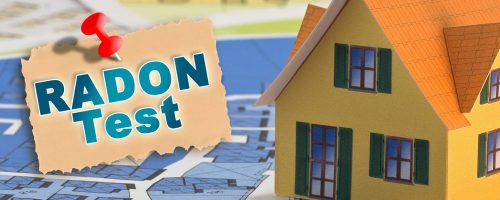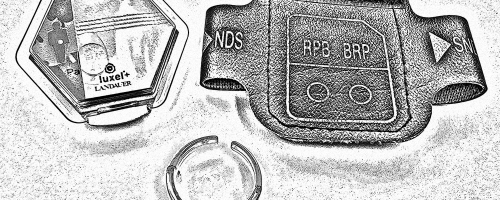What is Norm?
Some radioactive materials, often referred to using the short-form of “NORM”, exists in the earth’s crust naturally. The decay of thorium and uranium produces many different types of radioactive materials, called isotopes. Some examples of these isotopes are Radium-226, Potassium-40, and Radon-222. These isotopes of NORM are generally found in the earth’s crust in low concentrations.
Why are we concerned about NORM?
NORM can come to the earth’s surface due to natural processes (radon gas moving through cracks in rocks or dissolving and being transported by ground water flows), or due to human activities (mining, oil and gas extraction, etc.). Additionally, the human activities that bring NORM to the surface may cause NORM to become more concentrated than its natural state. For example, coal ash from coal-burning power plants contains a more concentrated form of NORM than the coal did when it was taken from the ground. Because NORM is radioactive, once it is brought to the surface or concentrated, the ionizing radiation that it emits can now interact with humans.
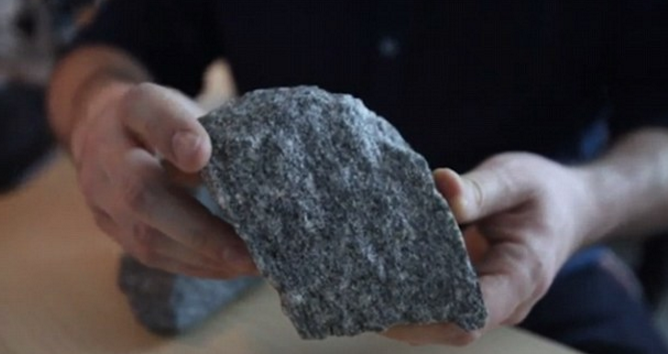
Where is NORM usually found?
There are various industries where NORM may be present. Health Canada’s document, “Canadian Guidelines for the Management of Naturally Occurring Radioactive Materials (NORM)”, identifies the following 6 types of industries where NORM may be present in sufficient quantities, to require radiation protection practices to be implemented:
- Mineral Extraction and Processing: NORM may be released or concentrated in the processing of ore, such as in the phosphate fertilizer industry, or in the abrasives and refractory industries
- Oil and Gas Production: oil and gas may contain NORM, which may be concentrated during production or form NORM-containing scale on the interior of pipes
- Metal Recycling: NORM-contaminated materials may be redistributed to other industries
- Forest Products and Thermal-Electric Production: small amounts of NORM may be present naturally in plant materials and in coal, and burning of this material may result in concentrated amounts in the ashes
- Water Treatment Facilities: fresh or waste water, being used or treated, may release radon gas (e.g., geothermal sources, fish hatcheries)
- Tunnelling and Underground Workings: underground work areas such as caverns, electrical vaults, tunnels, or sewer systems may have exposure to NORM (particularly radon gas), in areas where NORM is present in surrounding rock.
What are the health risks?
The primary health risk of concern when dealing with NORM, is the potential for developing cancer, as the ionizing radiation that it emits is a known carcinogen. An increase in exposure to ionizing radiation results in a small increase in the risk of developing cancer.
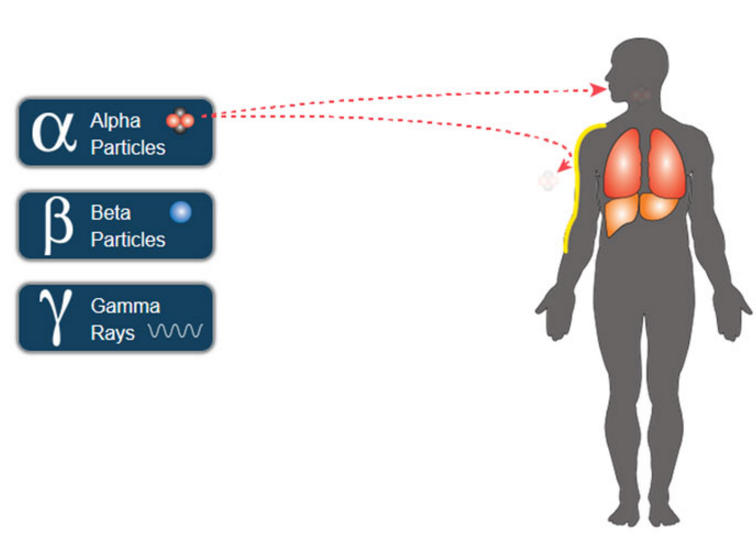
How is NORM regulated?
In Canada, NORM is regulated by the individual provincial and territorial governments, each having its own set of rules and regulations on the handling and disposing of NORM. In addition, the “Canadian Guidelines for the Management of Naturally Occurring Radioactive Materials (NORM)”, published by Health Canada, was developed by the Federal Provincial Territorial Radiation Protection Committee to harmonize standards throughout the country. Additionally, in certain situations, transportation of NORM falls under the federal regulations on the use of radioactive material, under the Nuclear Safety and Control Act.
How to minimize exposures
The radiation protection practices necessary to protect workers and the public from NORM will vary depending on the type of NORM present, and its amount or concentration. Protection processes can range from simply being aware of the NORM presence and minimizing time spent in the area, to the implementation of radiation protection programs and the use of engineered controls and personal protective equipment. While the “Canadian Guidelines for the Management of Naturally Occurring Radioactive Materials (NORM)” provides a good overview of protection measures, the local provincial/territorial regulations should also be consulted.
References
[1] Guideline for the Management of Naturally Occurring Radioactive Materials (NORM), Health Canada
[2] Canadian Nuclear Safety Commission

